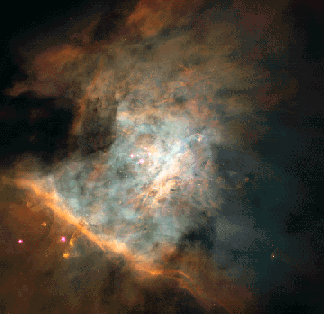Astronomy Picture of the Day
Discover the cosmos! Each day we feature a different image or photograph of our fascinating universe, along with a brief explanation written by a professional astronomer.
November 21, 1995

M42: Orion Nebula Mosaic
Credit:
NASA,
HST, C. R. O'Dell and S. K. Wong
(Rice U.)


